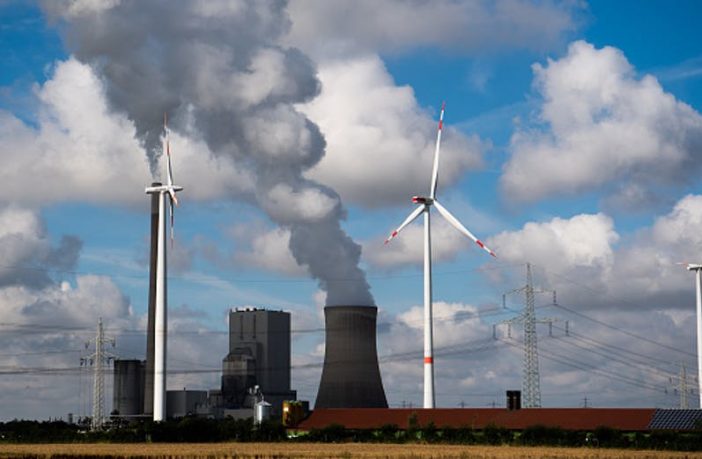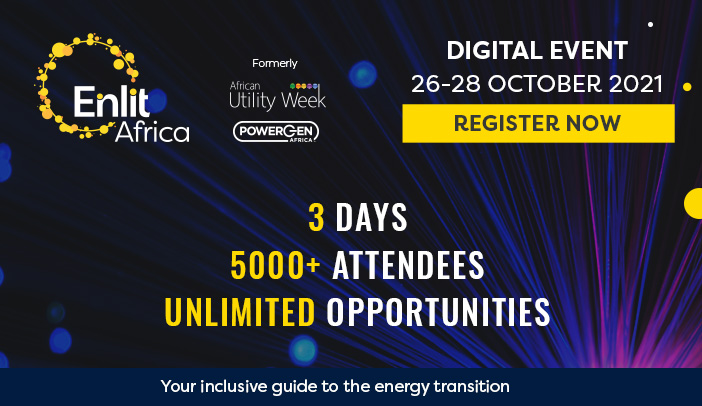- African utilities’ relationship with energy is changing as technological and commercial innovations deliver increasingly decentralised power to the people on the continent in new ways.
At the same time, the continent’s need for power is intensifying because of population growth and resource-based economic advancement leading to increasing GDPs. It is estimated that more than $43 billion needs to be invested into the power sector every year from now until 2040 for the power supply to keep up with demand.
A recently released white paper by global management consultancy Kearney unpacks the broader macroeconomic trends that are shaping the energy transition and discuss how the private sector can contribute to this much-needed investment.
A New Energy Path to Viability for African Utilities also outlines the strategic considerations for African utilities to create a path towards sustainability as their way of business shifts completely.
The dual mandate of power: available for economic growth and affordable for social development
Kearney partner Igor Hulak explains the dual mandate shouldered by energy utilities in Africa, who play an integral role on the continent: “Availability of power is essential for economic growth, and, even more importantly, for social development. Utilities must provide sufficient, affordable power for both these imperatives.”
He added that adequate electricity supply prefigures a nations’ overall economic development. Conversely, insufficient availability of power has been identified as a key obstacle facing African businesses, having been ranked first in sub-Saharan Africa ahead of other challenges like finance, informality, corruption and taxes.
Hulak said key drivers of the energy transition – decarbonisation, decentralisation and digitalisation – are also facilitating the historical trend of nations to liberalise their energy sectors as they grow and develop economically. For the most part, Africa is still dominated by vertically integrated utilities (VIUs), which are responsible for all of the sector’s main functions of generation, transmission and distribution.
Some countries such as South Africa, Nigeria, Kenya, Ghana and Egypt are in the initial phases of liberalising their energy sectors. They have seen the emergence of Independent Power Producers who sell power and capacity to the utilities under long term power purchase agreements.
“African leaders are strategically planning for the natural transition into the more organic market of the next liberalisation stage over the next few years in which parastatal VIUs are legally and functionally unbundled into separate entities for generation, transmission and sales,” said Hulak.
“While European utilities unbundled largely from a position of strength, Africa’s embattled utilities face a very different reality. The many challenges in commercialising operations and managing an unbundled power network are daunting and complex. Unbundling won’t be an easy road, but we need to face the obstacles head-on if we want to ensure a sustainable African power sector.”
Once VIUs are fully unbundled and the private sector can participate in both distribution and sales this creates a competitive wholesale market. These hybrid business models have already been implemented in Europe, Asia and North America.
Africa’s energy transition must consider first time electricity users
Hulak explained that African utilities have a chance to skip many of the steps taken and mistakes made by other nations on their path to liberalisation.
“Technological breakthroughs, economies of scale, state-incentivised decarbonisation and a culture of innovation are seeing African power producers leverage the continent’s abundant wind and solar resources. Renewables are fast becoming a prime contribute to Africa’s energy mix,” said Hulak.
The continent’s energy transition is also different to that of developed nations who are changing their fossil fuel-based energy sources for greener ones. In Africa, the transition is more often than not about creating first-time access over and above decarbonising the energy sources.
While various power developers, non-governmental organisations, global development funds and banks are working with rural electrifications and governments to expand energy access, utilities too have a role to play.
“The Energy Transition further enables first-time energy access by making available to utilities and customers energy solutions that were previously not commercially or technologically viable which can complement or replace traditional electrification.
“Therefore, African utilities can be the engines of such change by adopting hybrid business models which would enable the deployment of such energy solutions and thus make a quantum leap relative to their mature market counterparts in how they take advantage of the Energy Transition. Naturally, this also has to be underpinned by a minimum degree of sustainability of their operations through commercialisation, efficiency improvement and unbundling,” said Hulak.
Lessons learned
Kearney’s White Paper delves into pertinent African utility case studies on South Africa and Ghana and looks at the lessons that can be drawn from their efforts thus far. It notes that several African VIUs, including Eskom, are beset with difficulties arising from inadequate infrastructure maintenance. In monopolistic models, the lack of competition means that there is little incentive to improve efficiencies.
“Many monopolistic VIUs in Africa are now commencing unbundling from a compromised position of over-reliance on government subsidies. In this archaic model, state-run VIUs are heavily subsidised with funds drawn from other more profitable economic sectors. The artificially reduced household tariffs yielded by such systems bridge the affordability gap, but ultimately these models are unsustainable, and usually result in the utility’s indebtedness, especially when subsidies fluctuate with shifting government priorities,” said Hulak.
Read the full white paper HERE
Author: Theresa Smith

Theresa Smith is a conference producer for Clarion Events Africa.
This article was originally published on ESI Africa and is republished with permission with minor editorial changes.
The energy technology mix that energy untilities are taking on the African continent will be discussed at Enlit Africa later this month. Do not miss it!













